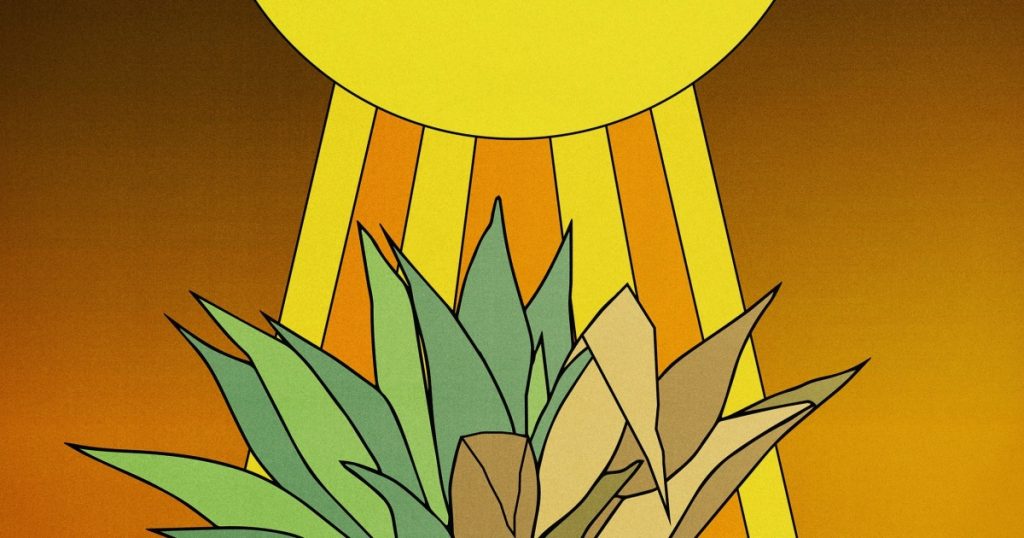The Southwest region, known for its harsh desert conditions, is experiencing increasingly severe and frequent heatwaves that are damaging iconic desert plants like saguaro cacti and agave. Norm Schilling, a local horticulturalist, has observed heat-related stress in various plant species, such as sunburned leaves and dieback in shrubs and trees. These extreme heat waves are challenging the resilience of desert plants accustomed to arid environments, with some species showing signs of irreversible damage.
Las Vegas, in particular, has broken several heat records this summer, including its hottest recorded day at 120 degrees Fahrenheit in July. The persistent high temperatures, even at night, are causing widespread damage to plants across the city. Schilling notes the decline of juniper, mulberry, and gopher spurge plants, some of which are unlikely to recover from the heat stress they have endured. These unprecedented heat conditions are shifting the ground beneath the feet of residents and posing a threat to the survival of desert vegetation.
Ecologists in the Southwest are studying how different plant species are responding to the persistent extreme heat and trying to determine how hot is too hot for desert plants and trees. Kevin Hultine, director of research at the Desert Botanical Garden in Phoenix, has been tracking an increase in saguaro cactus mortality since 2020, coinciding with a severe megadrought in the state. The heat stress is accelerating the die-off of saguaros and other desert plants, signaling a troubling trend for the ecosystem.
The increasing severity and duration of heat waves are posing a significant challenge to desert plants that are typically drought-resistant and heat-tolerant. As climate change intensifies, experts are witnessing previously resilient species like saguaros and agave suffering from heat-related stress. Schilling’s observations highlight the widespread impact of extreme heat on plants in the region, with many showing signs of irreversible damage that may result in mortality.
The heat waves in Las Vegas and other parts of the Southwest have created a new paradigm, with temperatures reaching unprecedented levels and staying consistently high for prolonged periods. This shift in climate is forcing experts to rethink their understanding of how desert plants respond to extreme heat and how they can be protected in the face of ongoing climate challenges. The ecosystem of the Sonoran Desert, in particular, is seeing a significant impact on saguaro cacti and other iconic species, calling attention to the urgent need for conservation efforts.
Overall, the increasing frequency and severity of heat waves in the Southwest are posing a threat to iconic desert plants and challenging the resilience of the region’s ecosystem. The damage observed by experts like Norm Schilling and Kevin Hultine underscores the urgent need for research and conservation efforts to protect these vulnerable plant species from the impacts of climate change. As the Southwest continues to experience extreme temperatures, it is crucial to understand the limits of heat tolerance for desert plants and take proactive measures to ensure their survival in a changing climate.


